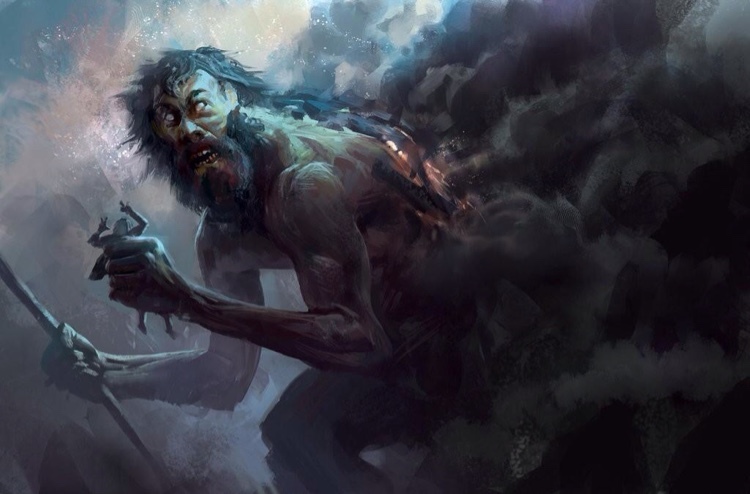Does Egyptian Myths support the Water myth ?
Osiris was an Egyptian god, usually identified as the god of the afterlife, the underworld and the dead. He was classically depicted as a green-skinned man with a pharaoh's beard, partially mummy-wrapped at the legs, wearing a distinctive crown with two large ostrich feathers at either side, and holding a symbolic crook and flail.
Plutarch recounts one version of the myth in which Set (Osiris' brother), along with the Queen of Ethiopia, conspired with 72 accomplices to plot the assassination of Osiris. Set fooled Osiris into getting into a box, which Set then shut, sealed with lead, and threw into the Nile (sarcophagi were based on[citation needed] the box in this myth). Osiris' wife, Isis, searched for his remains until she finally found him embedded in a tamarind tree trunk, which was holding up the roof of a palace in Byblos on the Phoenician coast. She managed to remove the coffin and open it, but Osiris was already dead.
In one version of the myth, she used a spell learned from her father and brought him back to life so he could impregnate her. Afterwards he died again and she hid his body in the desert. Months later, she gave birth to Horus. While she raised Horus, Set was hunting one night and came across the body of Osiris.
Enraged, he tore the body into fourteen pieces and scattered them throughout the land. Isis gathered up all the parts of the body, except the penis (which had been eaten by a fish, the medjed) and bandaged them together for a proper burial. The gods were impressed by the devotion of Isis and resurrected Osiris as the god of the underworld. Because of his death and resurrection, Osiris was associated with the flooding and retreating of the Nile and thus with the crops along the Nile valley.
Judgment scene from the Book of the Dead. In the three scenes from the Book of the Dead (version from ~1375 BC) the dead man (Hunefer) is taken into the judgement hall by the jackal-headed Anubis. The next scene is the weighing of his heart against the feather of Ma'at, with Ammut waiting the result, and Thoth recording. Next, the triumphant Henefer, having passed the test, is presented by the falcon-headed Horus to Osiris, seated in his shrine with Isis and Nephthys. (British Museum)
Geb was the father of Osiris, Isis, Set and Nephthys. Geb was the Egyptian god of the Earth and a member of the Ennead of Heliopolis. It was believed in ancient Egypt that Geb's laughter were earthquakes and that he allowed crops to grow.
Shu was one of the primordial Egyptian gods, a personification of air, one of the Ennead of Heliopolis. Geb was the son of Shu and Tefnut.
Lord Shu;s father is Lord Ra, Ra is the ancient Egyptian solar deity. By the Fifth Dynasty (2494 to 2345 BCE) he had become a major god in ancient Egyptian religion, identified primarily with the midday sun.
Khnum is the father of Ra, he was one of the earliest Egyptian deities, originally the god of the source of the Nile River. Since the annual flooding of the Nile brought with it silt and clay, and its water brought life to its surroundings, he was thought to be the creator of the bodies of human children, which he made at a potter's wheel, from clay, and placed in their mothers' wombs. He later was described as having moulded the other deities, and he had the titles Divine Potter and Lord of created things from himself.
In the Heliopolitan creation myth, Atum was considered to be the first god, having created himself, sitting on a mound (benben) (or identified with the mound itself), from the primordial waters (Nu).Nu, also called Nun is the deification of the primordial watery abyss in ancient Egyptian religion. In the Ogdoad cosmogony, the word nu means "abyss". He acts as the "Prajathati" as per vedas formed from Nun which is said to be surrounded by a bubble which is identical to the Hiranyagarbha, the world egg.
 |
| Atum |












Comments
Post a Comment